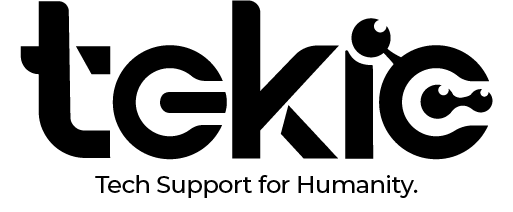Expanding a business is never a one-size-fits-all strategy. Where you set up shop plays a huge role in how fast (or slow) your business grows. Malaysia, the USA, and Singapore each offer unique opportunities and challenges based on economic conditions, social factors, political stability, regional advantages, and growth prospects.
If you’re considering scaling your business or venturing into a new market, understanding these differences could help you make better decisions and avoid costly mistakes.
1. Economic Landscape: The Cost of Doing Business
- Malaysia: A cost-effective market with a lower cost of living, labor, and business operations. Ideal for startups and SMEs looking to scale without excessive overheads. However, economic fluctuations and currency volatility can be a concern.
- USA: A massive consumer market with high spending power but expensive operational costs. Taxes, wages, and regulatory requirements make it costly to sustain a business unless you’re operating at scale.
- Singapore: Highly competitive but offers world-class infrastructure and financial stability. However, one of the highest costs of doing business, including rent and wages, makes it difficult for startups to thrive without strong funding.
💡 Takeaway: If cost efficiency is your priority, Malaysia offers the best balance. If you’re targeting a high-income market, the USA or Singapore might be more lucrative—but at a higher risk.
2. Social Factors: Consumer Behavior and Workforce Readiness
- Malaysia: A diverse, multilingual population with varying consumer behaviors. The workforce is young and adaptable but still catching up in high-tech skills compared to developed nations.
- USA: Consumers are highly brand-loyal, and businesses thrive on innovation. The workforce is skilled but expensive, and hiring requires navigating strict labor laws.
- Singapore: A well-educated, highly skilled workforce with a strong global mindset. Consumers are tech-savvy and demand premium products/services, but competition is fierce.
💡 Takeaway: Malaysia offers a cost-effective, adaptable workforce. The USA and Singapore provide skilled talent but at a premium price.
3. Political and Regulatory Environment: Stability vs. Red Tape
- Malaysia: Generally business-friendly but can be unpredictable due to changing government policies and bureaucratic red tape. Foreign businesses may face ownership restrictions in certain sectors.
- USA: Stable legal system but highly regulated, with complex tax laws and labor policies that vary by state. Corporate lobbying plays a significant role in shaping business policies.
- Singapore: Consistently ranked as one of the best places for business due to transparent governance, strong legal protections, and ease of doing business. However, strict regulations mean little room for cutting corners.
💡 Takeaway: Singapore offers the most predictable and business-friendly environment, while the USA has legal stability but high compliance requirements. Malaysia is cost-effective but requires patience in navigating policies.
4. Regional Advantages: Access to Markets and Trade
- Malaysia: A strategic hub in Southeast Asia with access to ASEAN markets. Lower tariffs and trade agreements make it attractive for manufacturing and exports.
- USA: The world’s largest economy, offering access to North American markets but with high tariffs and complex international trade policies.
- Singapore: A global financial hub with strong trade connections and logistics infrastructure. Its strategic location makes it an ideal gateway for Asia-Pacific trade.
💡 Takeaway: If you’re looking to tap into ASEAN’s booming economy, Malaysia is a great base. If you want global financial access, Singapore is stronger, while the USA offers high purchasing power but complex trade barriers.
5. Growth Prospects: Where’s the Best Place to Scale?
- Malaysia: A growing digital economy, strong in manufacturing, e-commerce, and services. Government incentives support tech startups, but infrastructure and funding options are still developing.
- USA: The best place for high-growth startups, especially in tech, finance, and healthcare. However, competition is intense, and high costs make it difficult for small businesses to survive long-term.
- Singapore: A leader in FinTech, biotech, and logistics, with strong government backing for startups. However, local market size is small, so expansion beyond Singapore is necessary for long-term growth.
💡 Takeaway: Malaysia is ideal for cost-efficient scaling, the USA offers high-risk, high-reward opportunities, and Singapore is great for regional expansion in Asia-Pacific.






